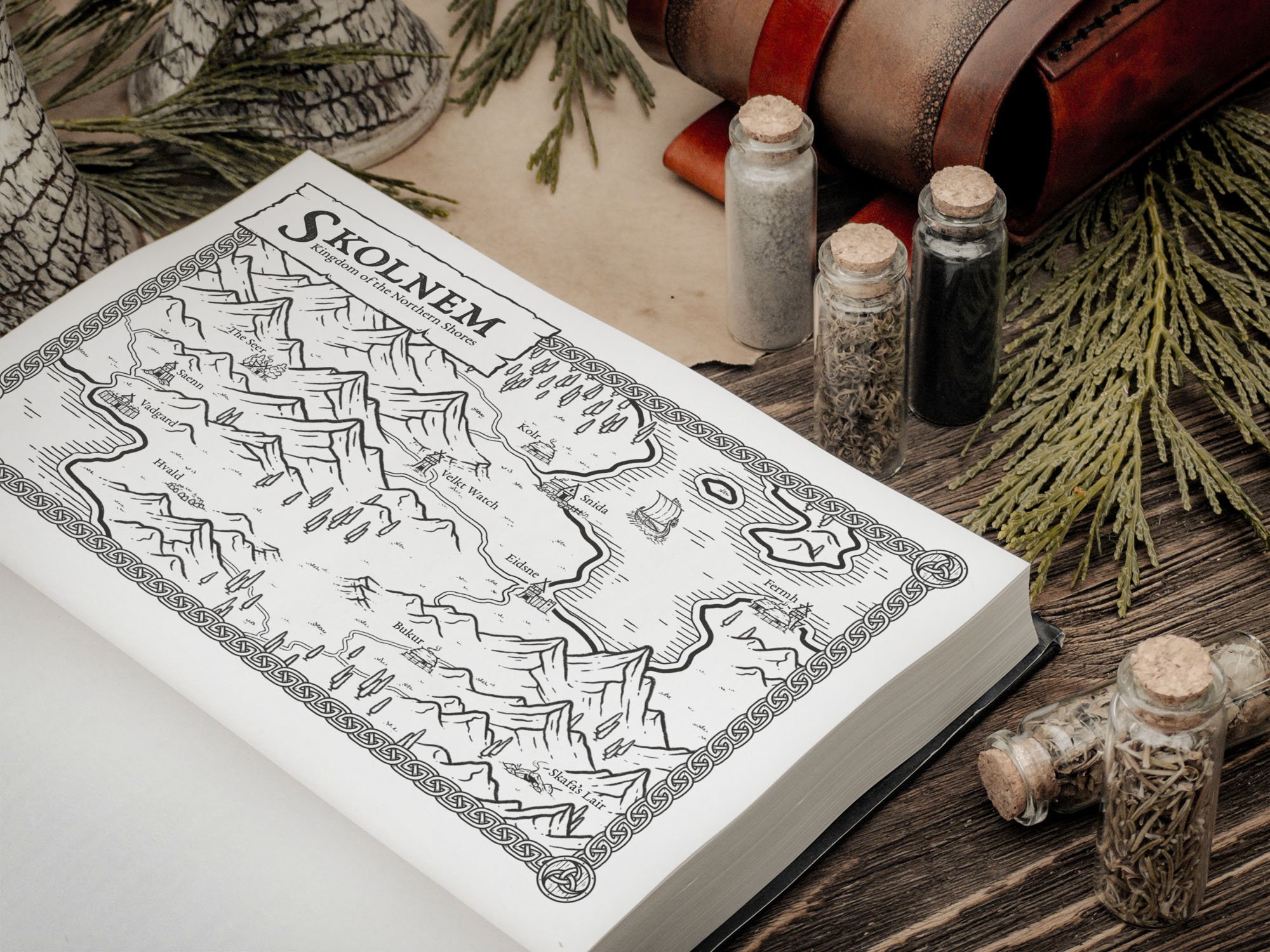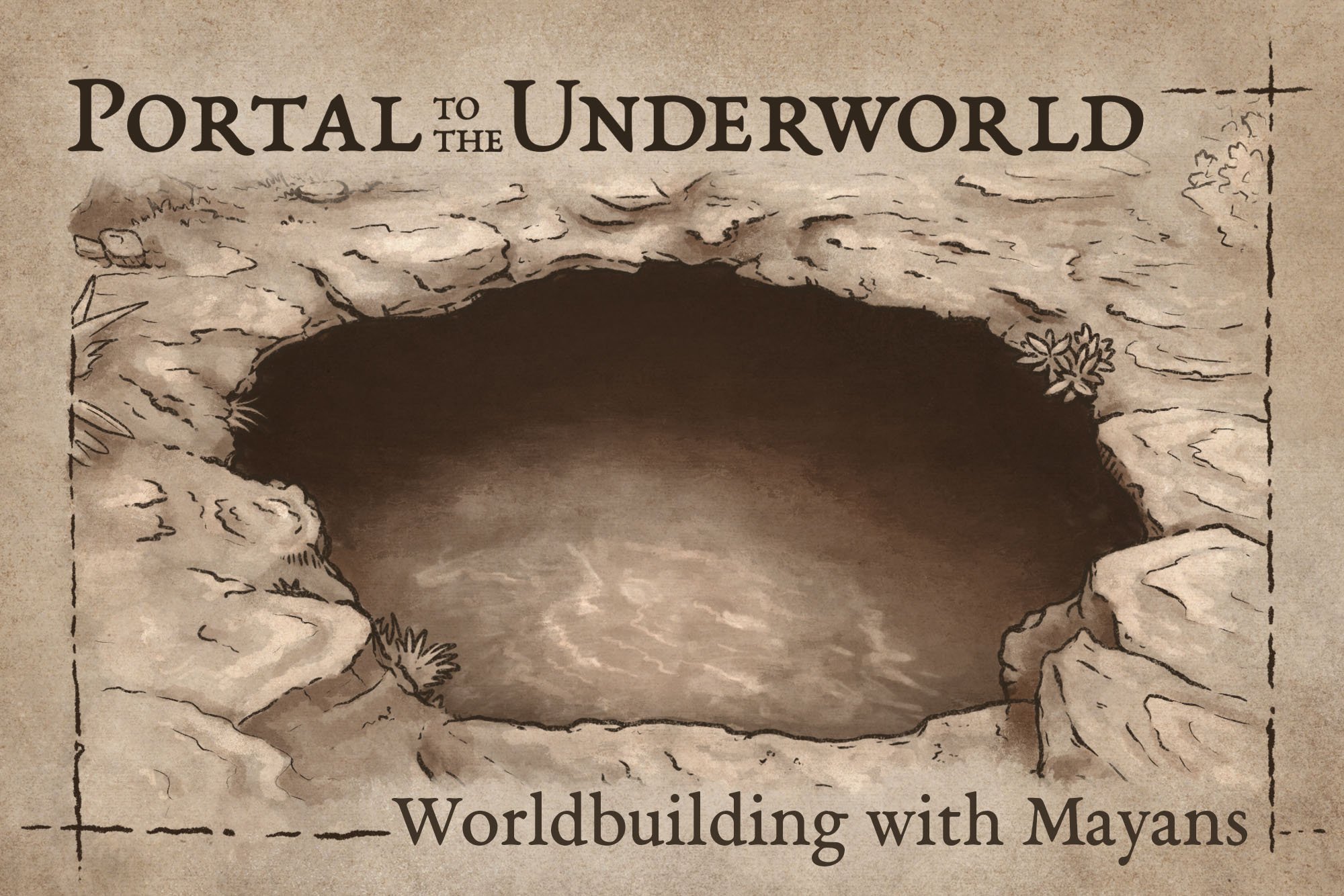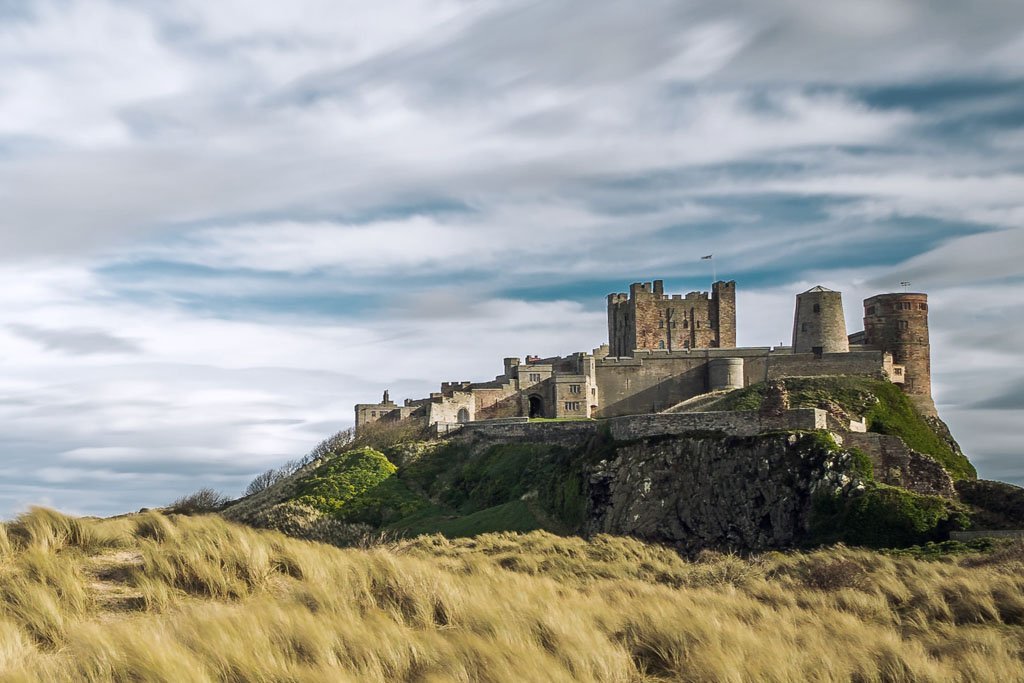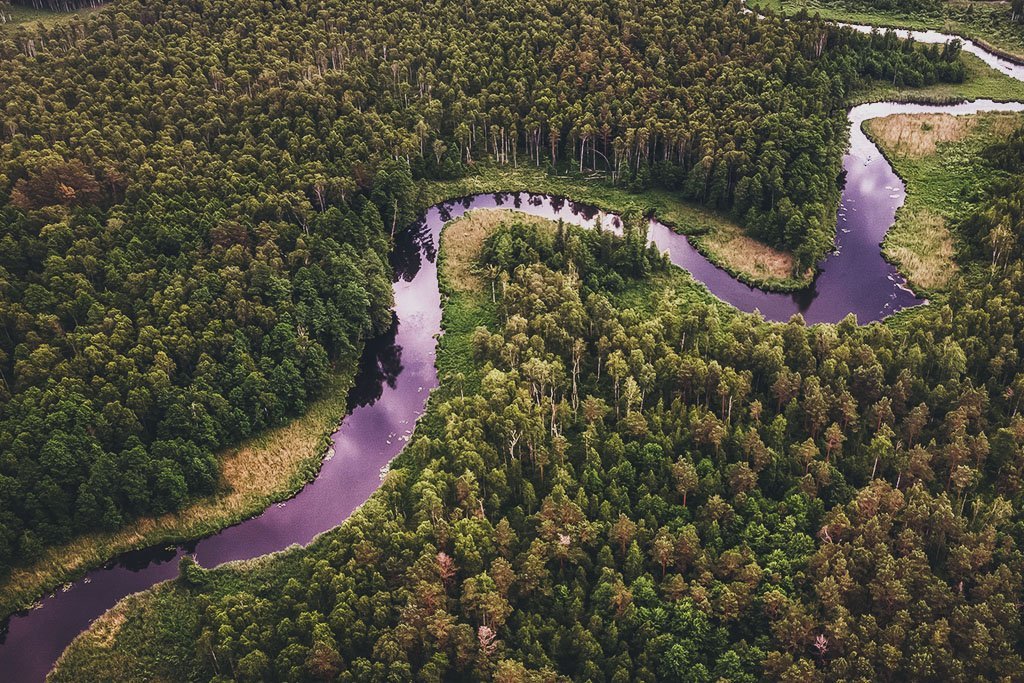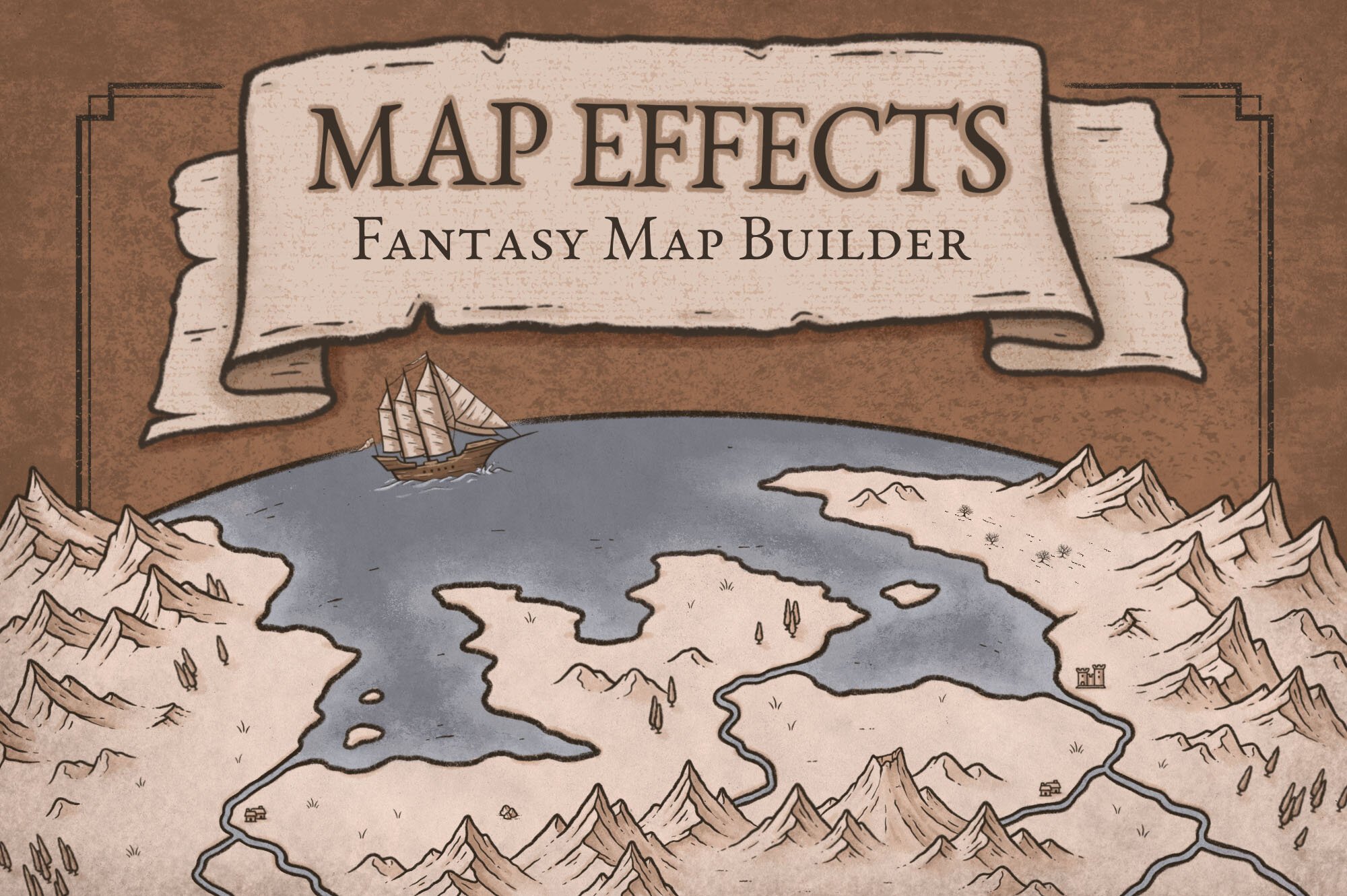Where to Place Forests On Your Map
Forests are often a core feature of many fantasy maps. After all, what would Middle Earth be without Mirkwood, Lothlorien, or Fangorn? But, knowing where a forest should go on your own map is one of those things that has a simple answer with layers of complexity. Can a forest go anywhere? What actually causes a forest to form in the first place?
The simple answer to where to place forests is…pretty much anywhere you want. But you may be thinking, don’t you need a certain climate to have a forest? While it’s true that a particular species of tree cannot grow just anywhere, remember there are thousands of different species of tree that have been designed to live in a wide variety of conditions.
For instance, a mesquite tree is extremely drought tolerant and has a taproot that can reach over 200 feet below the surface to find water! So while water is obviously a requirement if you want a forest to grow, it’s not as limited as you may initially think. The Hawaiian Islands after all were formed from volcanic eruptions depositing solid rock, and yet they were covered in lush jungle. But, if you want to know more about why that is, then let’s get into the more complicated reasons. Stick with me, because it’s actually pretty cool.
How Does a Forest Form?
Really what we’re talking about is something called forest succession. After a natural disaster like a forest fire, you’d be surprised how quickly some plants start springing up, sometimes in just a matter of weeks. There are some seeds that actually require fire in order to germinate.
Plants that grow on the bare ground like this are typically small but fast-growing like grasses or small flowering plants. As time goes on and these plants build the soil, shrubs will begin to grow and cover the landscape. Seedlings of tall forest trees will then have more protection under the shelter of the shrubs and begin to grow and eventually grow above the shrubs to take in more light; in the process forming a young-growth forest. Often these pioneer trees are fast-growing but short-lived; which allows slower-growing but hardier species to move in until you eventually have an old-growth forest.
This is an extremely simplified explanation, but it gives you an idea of how you can end up with a forest almost anywhere. Assuming of course you don’t have large roaming herds of bison or aurochs coming through to keep the tree seedlings in check so that it remains grassland.
Why Aren’t Forests Everywhere?
Large ruminants were designed to be an important part of the ecosystem, and part of their job is to help keep a balance between forests and prairie. It’s pretty hard for a forest to form when any tree seedlings that sprouts gets trampled by a herd of bison or eaten by a deer. If you’ve ever tried to plant a tree of your own you’ve probably experienced just how much you have to protect it from getting chomped by wildlife. So while a forest can form just about anywhere that isn’t tundra or a dune desert, a lot of what keeps them in check is the wildlife that keeps things in balance.
Hopefully, this helps you have a little better grasp on how forests can form and frees you up to know where you can put them on your fantasy maps. If you want to learn how to draw forests, be sure to check out my tutorial!
Happy Mapping!
- Josh



